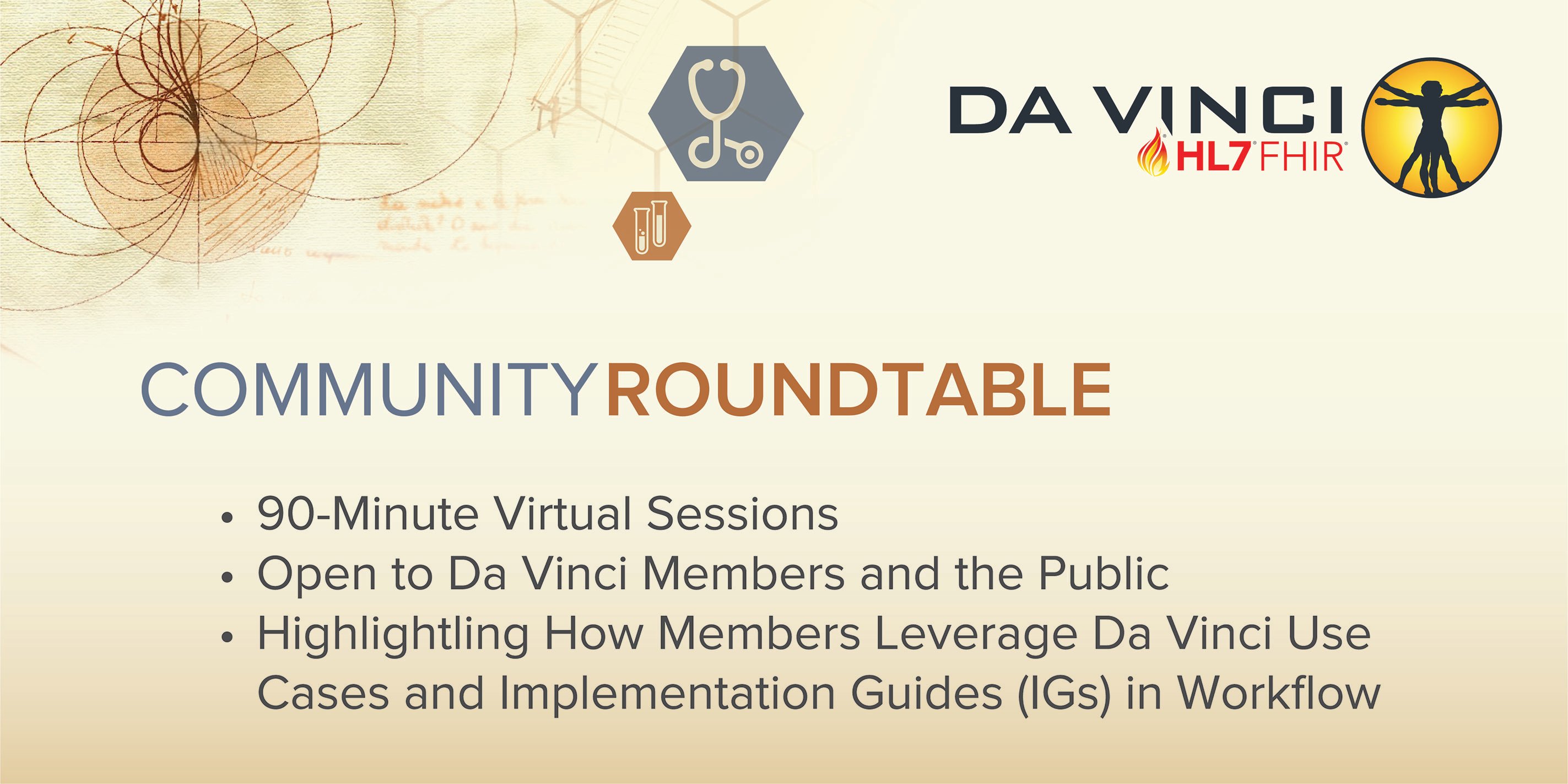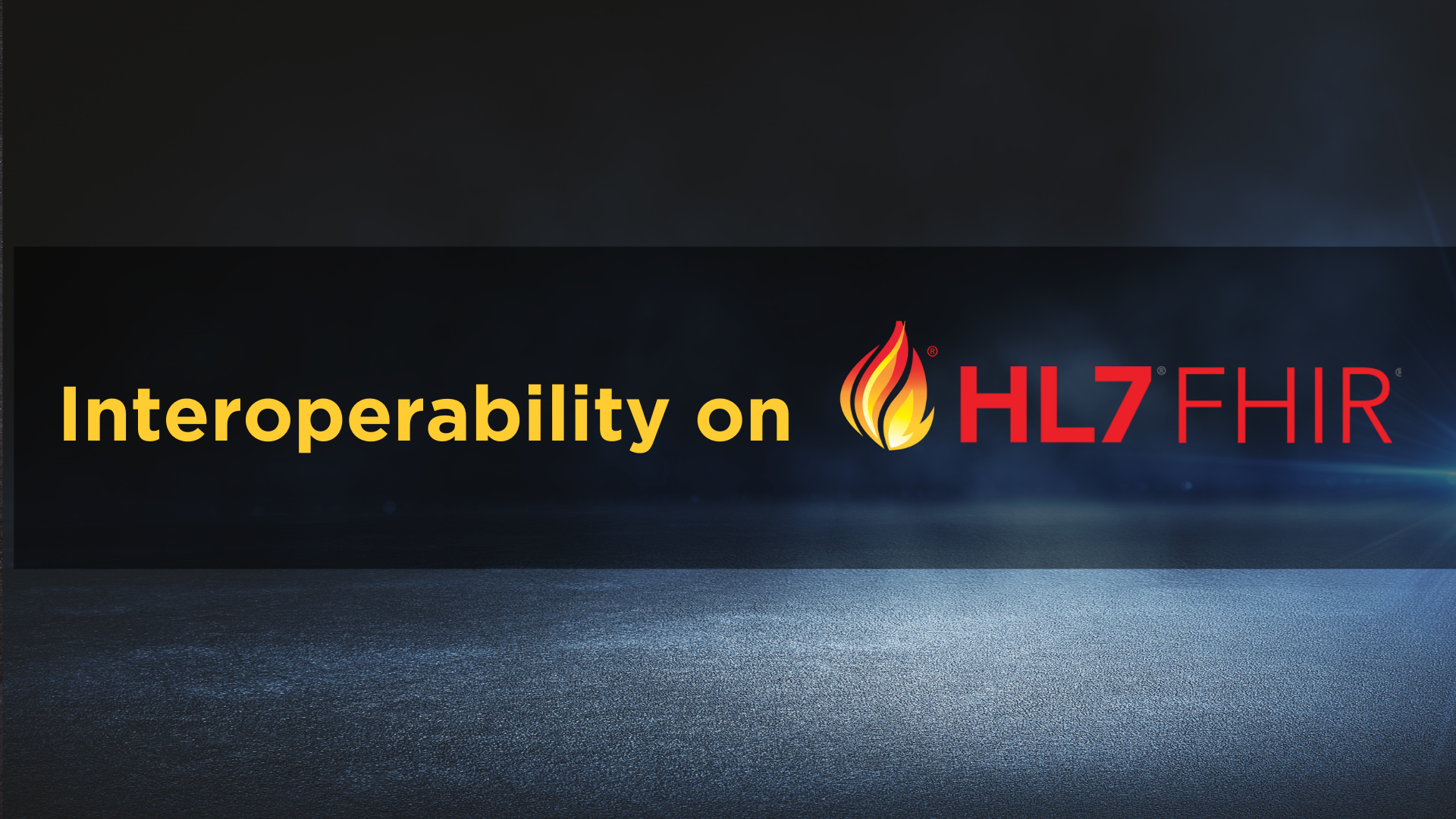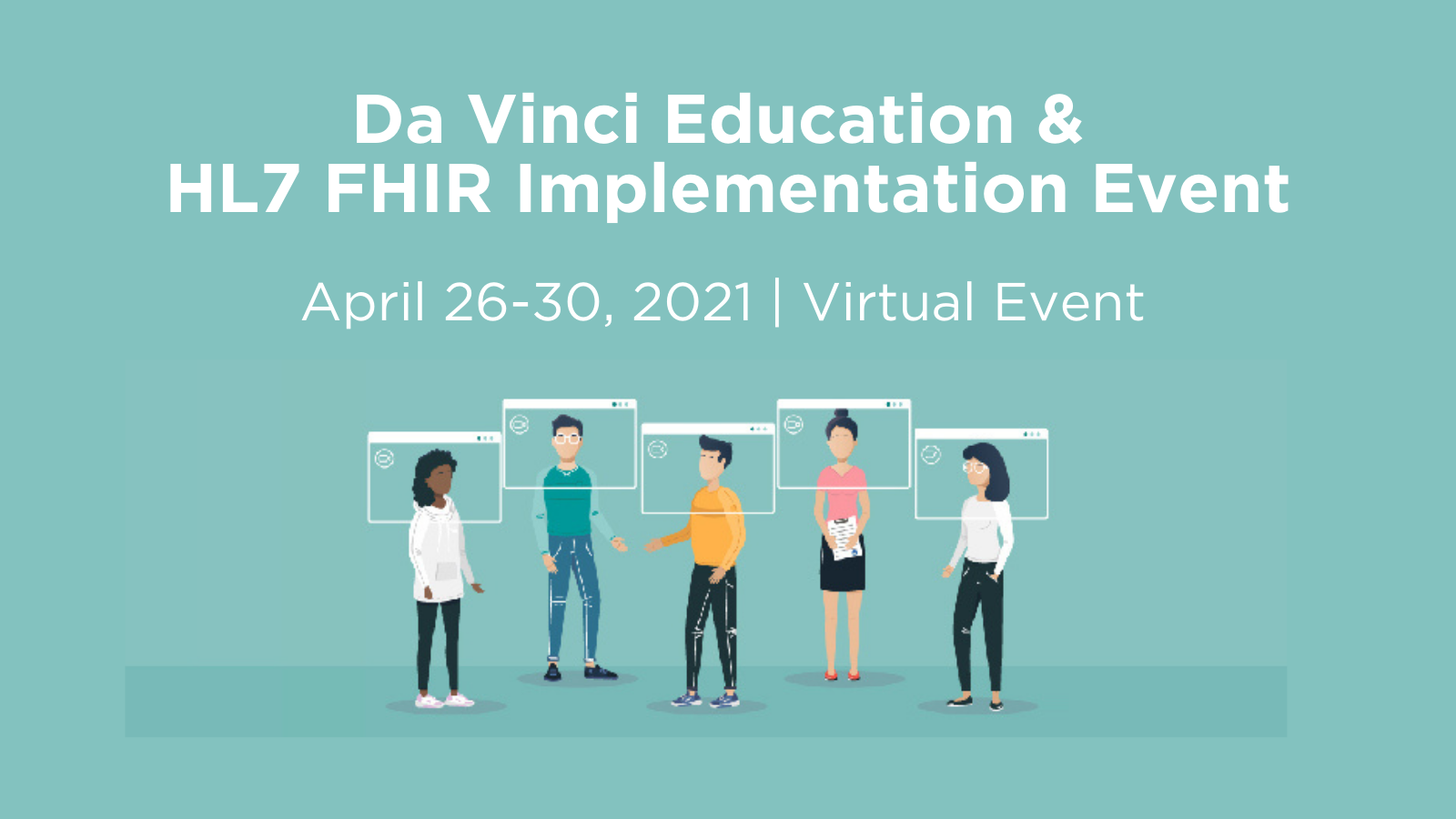Da Vinci Roundtable on June 23 from 4:00 to 5:30 p.m. ET to Look at the Potential for Getting More Value from the Use of Standards
Exchanging clinical data sets is getting more attention, particularly as healthcare organizations focus efforts on gaining efficiency and improving clinical care, while reducing clinician burden.
The ultimate challenge is freeing the data contained in these communications and making it computable and usable with minimal or no manual intervention. That looks ahead to the incorporation of fielded data, which will enable the use of agreed-upon approaches to make data usable.
Sharing the current state of the art for these advances through the use of Fast Healthcare Interoperability Resources (FHIR®) will be the focus of the June Community Roundtable of the Da Vinci Project, taking a deep dive into the Clinical Data Exchange (CDX) use case.
The session, with the title of “Demystifying Attachments to Enable Clinical Data Exchange,” will take place from 4 to 5:30 p.m. ET on June 23. The roundtable will focus specifically on the importance of implementing clinical data exchange capabilities, to anticipate emerging data exchange requirements and potential regulatory efforts.
Steven Lane, MD, MPH, clinical informatics director for privacy, information security and interoperability at Sutter Health, will share the clinician view regarding the challenges, opportunities and benefits of standardized data exchange.
In addition, Mary Lynn Bushman, agile product managers for National Government Services, will showcase their attachments implementation and production successes that it’s experienced with more than 1,500 provider organizations, improving multiple workflows and reducing burden. Da Vinci’s Technical Director Viet Nguyen, MD, will discuss emerging capabilities for provider-provider and provider-payer clinical data exchange.




